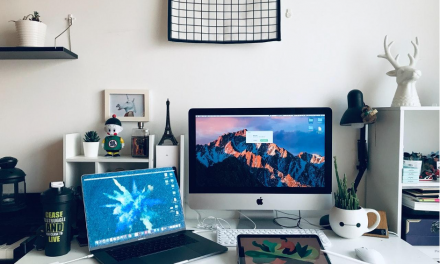Today there are threats all around us, and with the division of the nation, these threats to our way of life have been amplified. We saw in the summer of 2020 random acts of violence, mobs of people attacking innocent families trying to enjoy a meal and numerous threats made towards people who disagree with other’s ideals.
So, how do we protect ourselves and our families as we go about our daily lives – situational awareness? This is a common mindset taught in the military and law enforcement officers and one that you can use…without becoming paranoid of your surroundings!
Situational awareness is, as it sounds, being aware of your situation, but some tips will help you master this mindset and ultimately keep you out of harm’s way. The basics of situational awareness are identifying your surroundings, observing other people within these surroundings, anticipating other’s actions, looking for entry and exit points, being vigilant and trusting your gut.
Identifying your Surroundings
When you enter a new environment, take 10 seconds to scan the room. Notice the placement of tables and chairs; is the space open or cluttered? You want to be aware of obstacles if you need to move to a safe place quickly. This will also help identify a more secure or advantageous location to position yourself if a speedy exit is required. For example, sitting at a restaurant in a booth behind a barrier wall would offer more protection than sitting in the middle of the dining area exposed to everyone around you.
Observing Others
Adding on to where you position yourself, you always try to face the entrance to the facility to be aware of any threats entering the building. Noticing if a shooter walks through the door first allows you to grab your family and make the quickest move to safety. You also need to be aware of those already in an establishment. Do they seem agitated? Are they yelling at the sales representative, server, or another person? A person could be sitting there quietly and then abruptly leave the building. Did this person leave a suspicious package behind? These are just a few considerations of what could happen.
Anticipate Others Actions
Because people are unpredictable, but behaviors are not, we can imagine what they might do. Why is that person so agitated? Is he arguing with his wife? Is he getting more physical by slamming the table or throwing a glass? Does he give off the sense he means harm to others? All questions to ask when anticipating what could turn into a violent situation.
What about the guy yelling at a sales rep; is he directing his anger at just the representative or everybody around him? Maybe he is carrying a pistol; does he rest his hand on the grip or use it as an intimidation factor? It is not about thinking the worst of people but about being aware of how others could act. When you do this, you are automatically training your brain to think of a resolve; the conscious mind triggers the unconscious to give this issue some thought. Soon, this will become an automatic process, and your brain will be giving you answers to these questions sometimes before you even think of them
Locate Entry and Exit Points
Part of identifying your surroundings is knowing how to leave them if an emergency arises – quickly. Therefore, these points of egress should also factor into where you position yourself in any given situation. Is it free of obstacles and available to you and your family? If you have the time to check, or it seems obvious, where would this exit take you? The last thing you need to happen is to go from the frying pan into the fire and step into a parking lot where there are more “bad guys.”
Be Vigilant
We have all seen it when we are out and about. You look around the room, and ninety percent of the people have their eyes glued to their phones. This lack of awareness makes it impossible to foresee a threat to you or your family. Just keep this in mind if you are out to enjoy yourself with others, why are you staring at your phone? As you have conversations, you naturally can be vigilant of your surroundings by simply “seeing” what you are looking at. You will be looking up and around the room, giving you an advantage over all others in the area.
Trust Your Gut
Situational awareness is a mindset of being aware of your current situation, but that doesn’t mean previous experiences won’t give you an upper hand. If you observe a dark alley with a couple of shady people hanging around it, you will probably not take that shortcut. Trust your instincts; if a place makes you anxious or something feels off to you, then maybe that isn’t a place you should be. Even in situations you have never encountered before, the subconscious recalls everything you have seen and experienced. Hence, even a movie, a book you have read, or a TV show may suddenly be remembered to give your conscious brain a viable alternative.
There is a point when all of this seems too extreme; how can you enjoy yourself if you are constantly watching what is around you? Situational awareness is a mindset that, with a bit of practice, becomes second nature. It simply runs in the background, and when a threat arises, it puts you one step ahead of the rest. Don’t overthink it. It’s like riding a bike. Don’t worry about it, and pretty soon, you’ll be discovering a whole new world of safety for you and your family.






Recent Comments